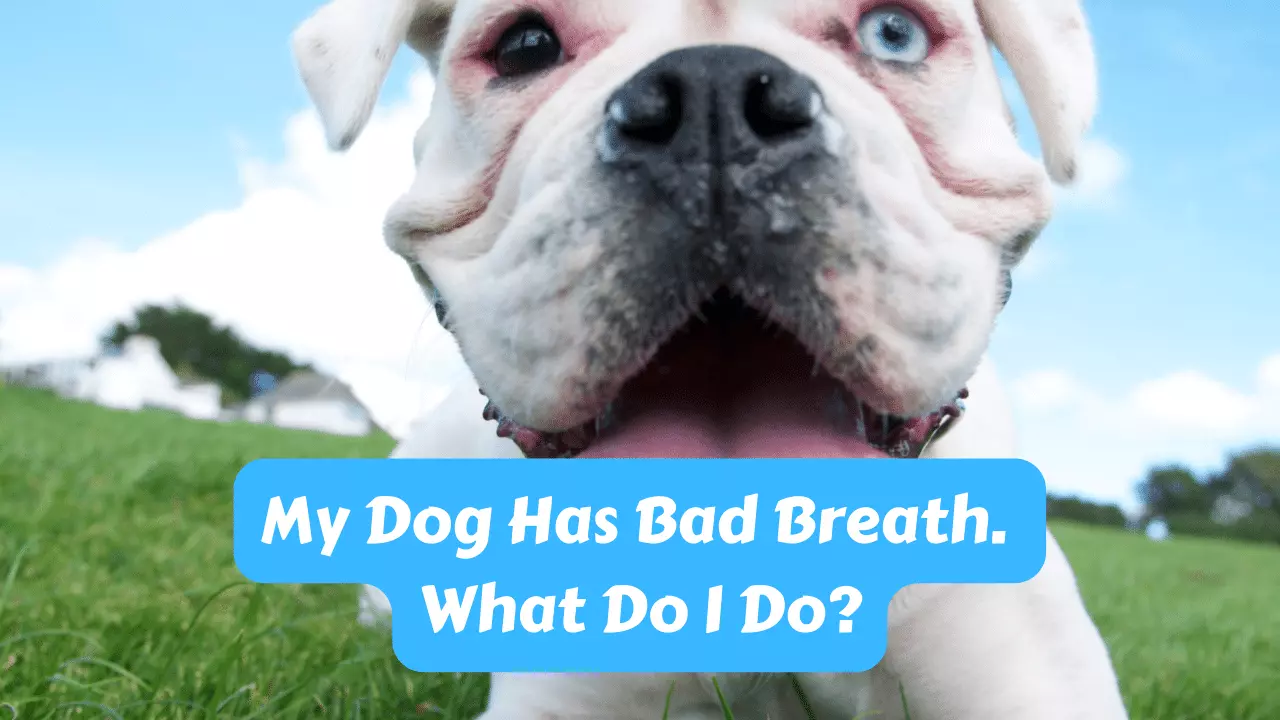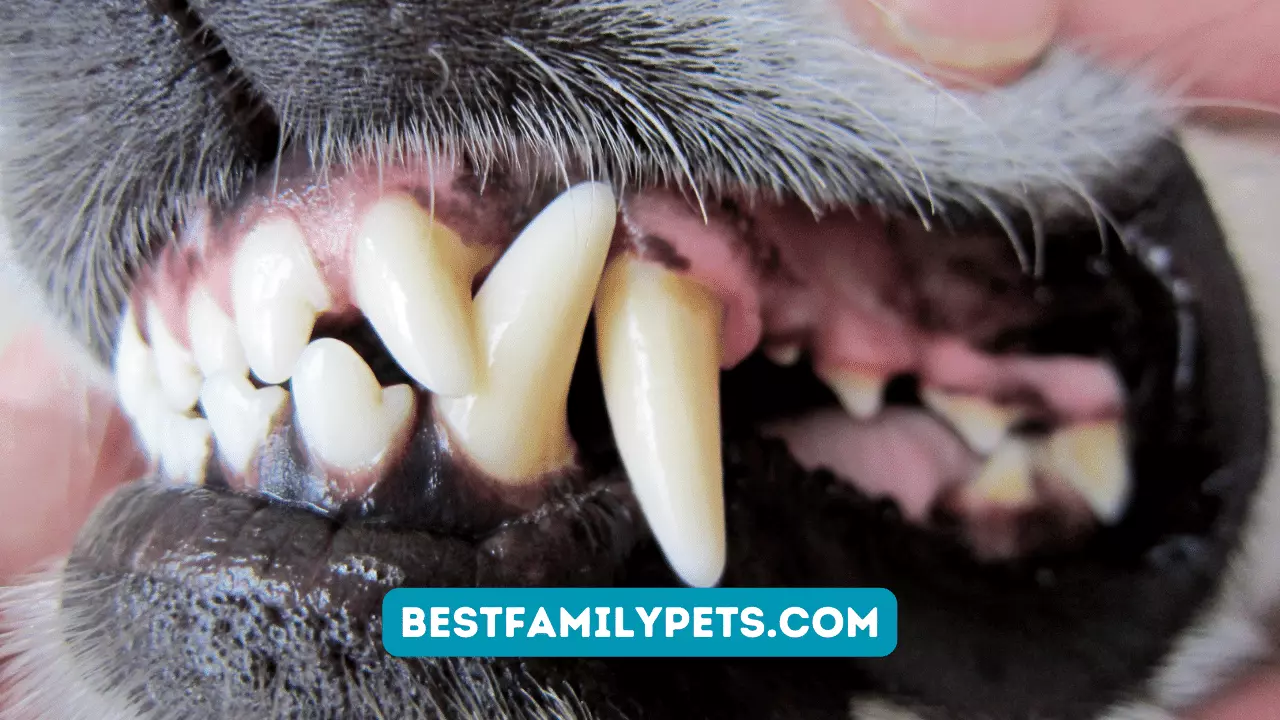What Is Periodontal Disease in Dogs?
Discover the facts about periodontal disease in dogs, including causes, symptoms, and treatment options. Keep your dog’s teeth healthy today.
February is Pet Dental Health Month, so it’s a great time to brush up on caring for your dog’s teeth. In many ways, dog teeth are no different than human teeth. We brush our own teeth twice a day, floss and see a dentist for professional cleanings at least every six months. But the majority of pet owners don’t brush their dog’s teeth daily, as is recommended by veterinarians. So, what exactly happens to your dog’s mouth if you don’t brush his teeth? Let’s talk about periodontal disease in dogs.
First, What is Periodontal Disease in Dogs?
“Periodontal disease causes infection in the mouth that can lead to tooth loss,” says Missy Tasky, DVM, owner of Gentle Touch Animal Hospital in Denver, Colorado. “It can also have a negative effect on the rest of the body: heart, kidneys and overall quality of life.”
What Causes Periodontal Disease in Dogs?
When a dog eats, small bits of food remain on the teeth. The food particles (along with yucky bacteria) collect along the gum line. Eventually, the food and bacteria form plaque — a soft, sticky film that coats the teeth. If this plaque is not brushed away, it hardens into calculus, commonly referred to as tartar. Tartar is calcified and very hard.
When tartar forms on and below the gum line, it leads to a condition called gingivitis, which causes bleeding and inflammation. Still worse is periodontitis, evidenced by bone and tissues loss, as well as infection. Once a dog reaches this stage of periodontal disease, tooth loss can occur.
Do Dogs Get Cavities?
Interestingly, dogs rarely get cavities. This is because they don’t consume a lot of sugar the way humans do. Some dogs get something called a resorptive lesion, which is similar to a cavity, but that is also somewhat rare.
What Are the Symptoms of Periodontal Disease in Dogs?
Common signs of periodontal disease that you might notice at home include bad breath (no, bad breath is not normal for dogs); red, swollen or bleeding gums; drooling; pain or sensitivity in the mouth (refusing to eat or chew on toys, or making strange sounds when trying to eat). If you see any of these signs, bring your dog to the veterinarian as soon as you can to get checked out.
How is Periodontal Disease in Dogs Diagnosed?
If your vet suspects periodontal disease, he or she will do a thorough exam of the mouth and teeth, and will likely recommend dental x-rays. X-rays are important because they can reveal disease below the gum line that cannot be seen with the naked eye. After diagnosing periodontal disease, your vet will want to do a deep dental cleaning while your pet is under general anesthesia.
If you’re nervous about the anesthesia, you might be tempted to try a “non-anesthetic dental cleaning” instead — don’t. Pets with periodontal disease need deep cleaning below the gum line and might even need tooth extractions. This is something that can only be accomplished with a professional cleaning under anesthesia. The procedure is generally very safe, even for older pets. If you are concerned about the risks, talk to your vet about doing a pre-anesthetic blood screening to check to make sure your dog’s liver and kidney are functioning properly and make sure your pet gets an IV catheter and fluids during the procedure.
How to Prevent Periodontal Disease in Dogs
Once your veterinarian cleans your dog’s teeth, it’s up to you to make sure they stay that way. Daily tooth brushing is absolutely key to preventing periodontal disease. You can brush plaque away, but tartar is too hard to brush away at home— it can only be removed with a professional cleaning. It takes about 24 hours for plaque to form, so brushing every single day is the best way to remove plaque before it has time to develop into tartar.
How Often Should You Brush Your Dog’s Teeth to Prevent Periodontal Disease?
With everything else you have going on in your life, brushing your dog’s teeth might seem like a daunting task, but it’s actually easy and as quick as brushing or feeding your pet. To get into the habit, brush your dog’s teeth at the same time every day. Try pairing the task with something else you do every day, like brushing your own teeth (just don’t accidentally swap toothbrushes!). Never use a human toothpaste for your dog—always choose one that’s labeled for use in pets.
Other Measures to Take to Avoid Periodontal Disease in Dogs
“Make sure that your pet is seen by a veterinarian annually and preferably biannually,” Dr. Tasky advises. “At-home measures in order of most effective to least effective include brushing the teeth daily (or at least 3 times weekly) with toothpaste approved for use in animals, using a dental diet formulated to keep the teeth healthy, and using dental chews and treats. Water additives sometimes help. Dental foods and products sold at veterinary hospitals are of the highest quality.”
Even if you do all of these things, most dogs will benefit from an annual professional dental cleaning, or a cleaning every other year. Doing this will help ensure your dog remains healthy and happy, and hopefully keeps all of his teeth.
-

Pet Dental Health: Why It Matters and How to Maintain It
-



My Dog Has Bad Breath. What Do I Do?
-



Top 10 Best Selling List for Bunny Teething Toy
-



Dog Toothpaste: Which is the Best of 2023?
-



Blue Buffalo Dental Bones Recall: How To Keep Your Pet Healthy?
-



Senior Dog Teeth Issues and How to Prevent and Care For Them
-



A Vet Tech Reveals 5 Great Dental Chews for Dogs
-



What Is Periodontal Disease in Dogs?
-



A Dog Dental Care Guide That Every Pet Parent Can Do










